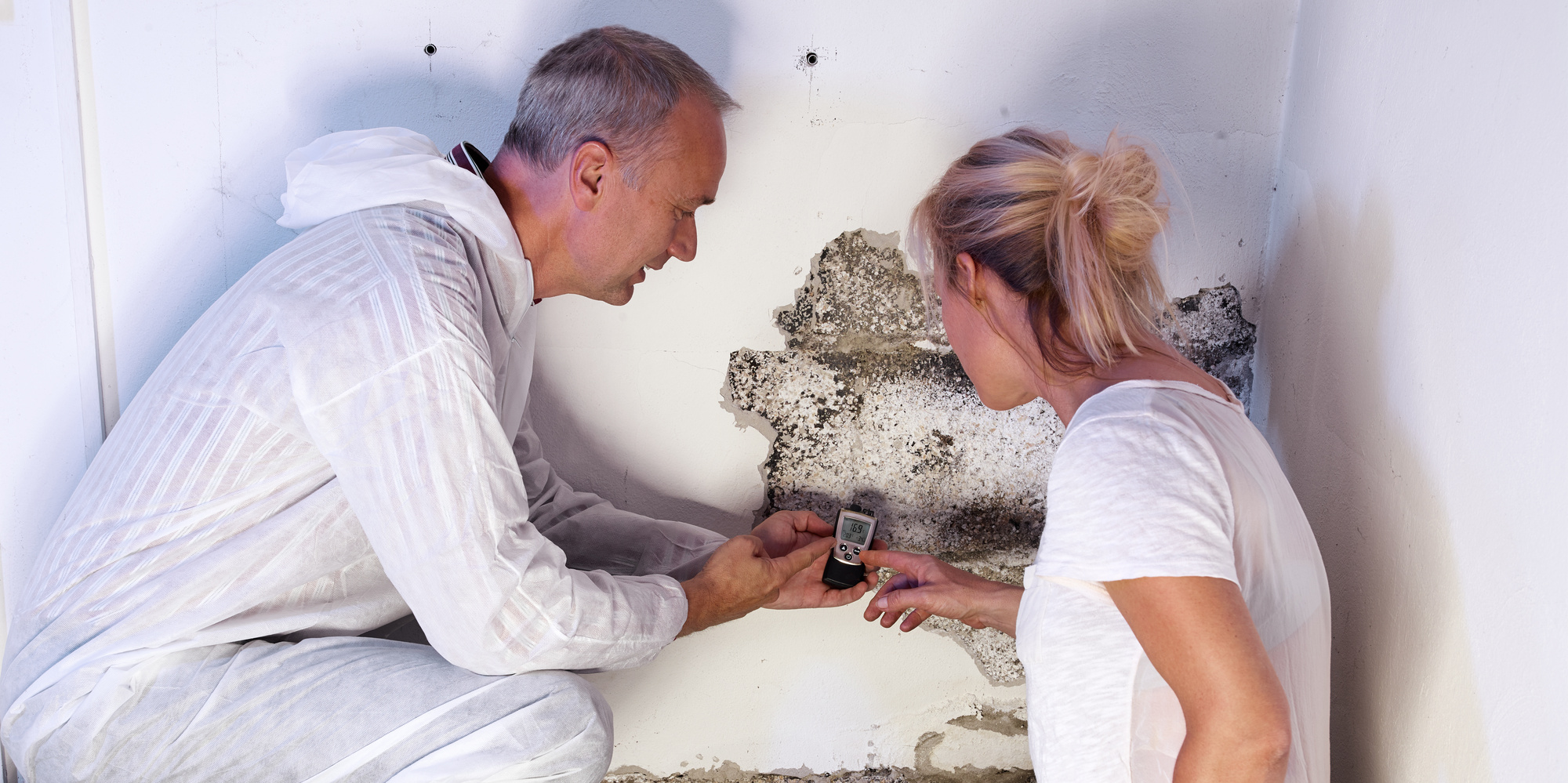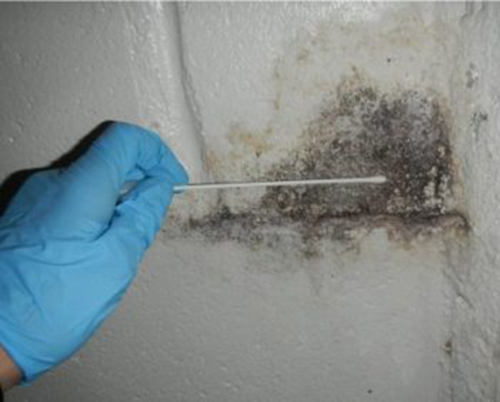Efficient Post Mold Remediation Cleaning Protocols
Efficient Post Mold Remediation Cleaning Protocols
Blog Article
Effective Blog Post Mold Remediation Solutions for Your Home
Mold and mildew growth in homes can be a persistent issue, usually calling for a methodical technique for effective post-remediation remedies. From recognizing the elements that contribute to mold growth to implementing appropriate cleansing methods and moisture control procedures, the process can be intricate yet critical for keeping a healthy living atmosphere. Post Mold Remediation Report.
Understanding Mold And Mildew Development Factors
Mold and mildew growth is influenced by a variety of aspects that are vital to comprehend in order to successfully deal with and prevent its proliferation. Comprehending these elements is important in carrying out effective mold and mildew remediation techniques. The primary element adding to mold growth is moisture. Mold and mildew spores require wetness to flourish and germinate, making damp or humid settings extremely at risk to mold and mildew invasions. Poor air flow can likewise bring about moisture accumulation, producing an excellent reproduction ground for mold and mildew.

Additionally, airflow and light direct exposure can impact mold growth. Locations that do not have appropriate ventilation and all-natural light are more prone to mold and mildew growth. By addressing these variables comprehensively, individuals can effectively alleviate mold and mildew growth and guard their living environments.
Correct Mold Cleaning Strategies
Using effective cleaning methods is crucial in resolving and protecting against the recurrence of mold contamination in indoor environments. The initial action in proper mold cleansing is to include the afflicted area to avoid the spread of spores to uncontaminated areas.

Applying Wetness Control Actions
To successfully protect against mold development and contamination in interior atmospheres, carrying out dampness control steps is extremely important. In addition, making certain appropriate air flow in locations vulnerable to moisture build-up, such as cooking areas and restrooms, can aid reduce the risk of mold and mildew development. By vigilantly executing these dampness control mold removal bathroom ceiling steps, homeowners can properly lower the likelihood of mold recontamination and keep a healthy interior environment.
Using Natural Removal Solutions
After effectively applying dampness control actions to avoid mold and mildew growth in indoor atmospheres, house owners can currently check out the performance of natural remediation services in maintaining a healthy living area. Natural removal solutions make use of ecologically pleasant approaches to combat mold and mold, making them a prominent choice for those seeking non-toxic alternatives. By including these natural removal services right into their cleansing routines, property owners can properly combat mold and mildew growth while promoting a healthier indoor setting for themselves and their family members.

Preserving a Mold-Free Environment
On a regular basis inspecting areas susceptible to mold growth, such as washrooms, kitchen areas, cellars, and attic rooms, is vital. Appropriate air flow in locations with high moisture levels is additionally key to avoiding mold development.
In addition, keeping sanitation in the home is essential for mold prevention. Maintaining interior plants in check and ensuring appropriate drain in exterior landscape design can decrease wetness build-up, reducing the possibility of mold problems.
Final Thought
Finally, it is necessary to address mold and mildew development elements, utilize correct cleansing strategies, apply moisture control procedures, use natural remediation remedies, and maintain a mold-free setting in order to successfully handle post mold remediation in your house - Post Remediation Inspection near me. By complying with these strategies, you can protect against mold from persisting and guarantee a healthy and balanced living atmosphere for you and your family members
The main aspect contributing to mold growth is wetness. Mold spores require dampness to sprout youtube mold removal in homes and prosper, making damp or moist atmospheres extremely susceptible to mold problems.To successfully protect against mold and mildew growth and contamination in indoor settings, carrying out dampness control procedures is critical. Furthermore, guaranteeing appropriate air flow in locations prone to moisture buildup, such as washrooms and kitchen areas, can assist reduce the danger of mold development.After efficiently implementing moisture control steps to stop mold and mildew growth in interior settings, property owners can currently explore the effectiveness of all-natural remediation solutions in maintaining a healthy living room.
Report this page